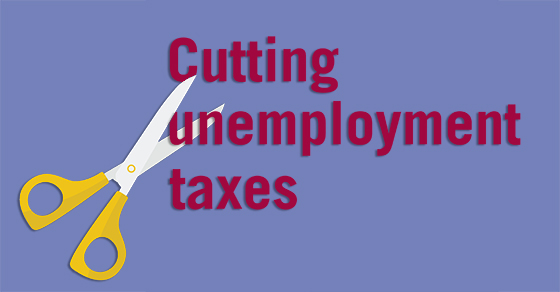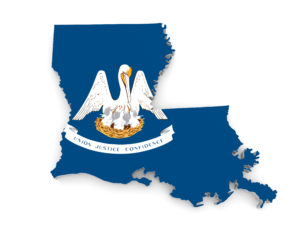Should your business use per diem rates for travel reimbursement?
Updated travel per diem rates go into effect October 1. To simplify recordkeeping, they can be used for reimbursement of ordinary and normal business expenses incurred while employees travel away from home.
Per diem advantages
As long as employees properly account for their business-travel expenses, reimbursements are generally tax-free to the employees and deductible by the employer. But keeping track of actual costs can be a headache.
With the per diem rates, employees don’t have to keep receipts for covered travel expenses. They just need to document the time, place and business purpose of the travel. Assuming that the travel qualifies as a business expense, the employer simply pays the employee the per diem allowance designated for the specific travel destination and deducts the per diem paid.
Although the per diem rates are set by the General Services Administration (GSA) to cover travel by government employees, private employers may use them for tax purposes. The rates are updated annually for the following areas:
- The 48 states in the continental United States and the District of Columbia (CONUS),
- Nonstandard Areas (NSAs) that are in CONUS but have per diem rates higher than the standard CONUS rates,
- Certain areas outside the continental United States, including Alaska, Hawaii, Puerto Rico and U.S. possessions (OCONUS), and
- Foreign countries.
The rates include amounts for lodging and for meals and incidental expenses (M&IE) but not airfare and other transportation costs.
What’s new?
For October 1, 2017, through September 30, 2018, the per diem standard CONUS rate is $144, an increase of $2 over the prior year. This rate consists of $93 for lodging and $51 for M&IE. Also effective October 1, there are 332 NSAs. The following locations have moved from NSAs into the standard CONUS rate:
- California: Redding
- Iowa: Cedar Rapids
- Idaho: Bonners Ferry / Sandpoint
- North Dakota: Dickenson / Beulah
- New York: Watertown
- Ohio: Youngstown
- Oklahoma: Enid
- Pennsylvania: Mechanicsburg
- Texas: Laredo, McAllen, Pearsall and San Angelo
- Wyoming: Gillette.
There are no new NSA locations.
What’s right for you?
As noted earlier, the per diem changes go into effect on October 1, 2017. During the last three months of 2017, an employer may switch to the new rates or continue with the old rates. But an employer must select one set of rates for this quarter and stick with it; it can’t use the old rates for some employees and the new rates for others.
Because travel expenses often attract IRS attention, they require careful recordkeeping. The per diem method can help, but it’s not the best solution for all employers. An even simpler “high-low” per diem method is also available. And, in some cases, a policy of reimbursing actual expenses could be beneficial, despite the recordkeeping hassles. If you have questions regarding travel expense reimbursements, please contact us.









